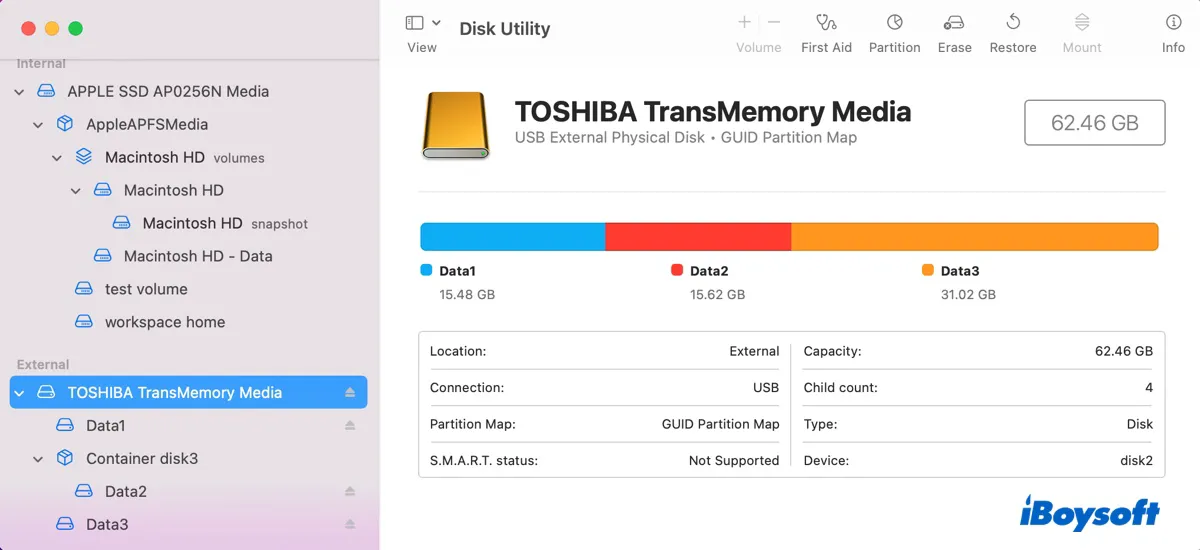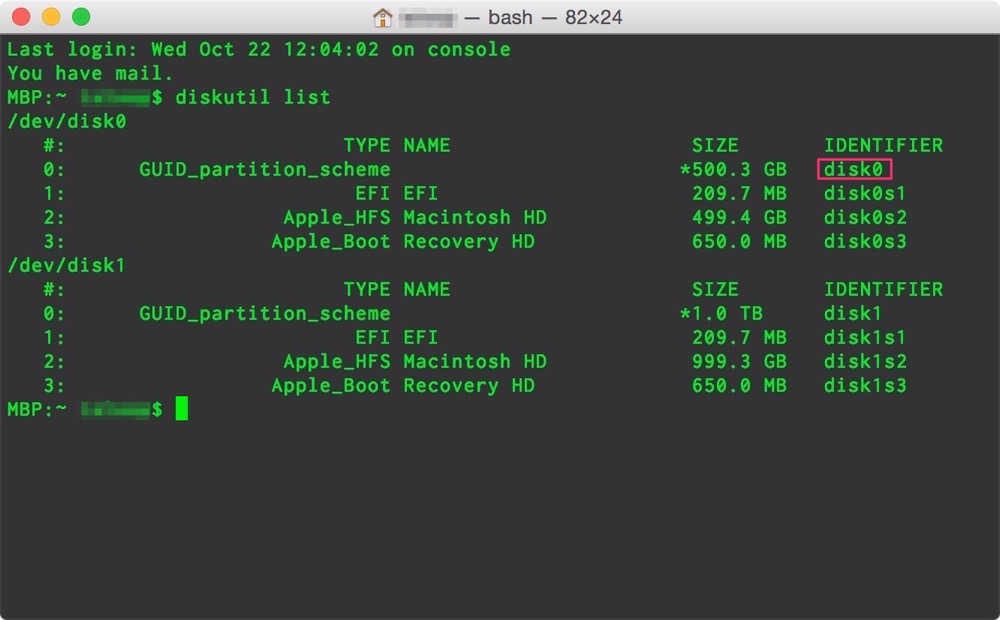
X-man-page://8/gpt into your address field and macOS will offer to open the Terminal. Format is discussed below in the section for the partitionDisk verb. Sudo gpt add -b 40 -i 1 -s 409600 -t efi disk2ĭiskutil eraseVolume HFS+ SierraUSB /dev/disk2s2ĭiskutil info /dev/disk2 | grep "Block Size"īy the way: You can open man-pages from your browser by typing eraseVolume format name device Erase an existing volume. # macOS gpt also has aliases for common GUID specifications:

Click the Add button below the pie chart. # HFS GUID = 48465300-0000-11AA-AA11-00306543ECAC In the Disk Utility app on your Mac, select a volume in the sidebar, then click the Partition button in the toolbar. diskutil unmountDisk disk2ĭiskutil partitionDisk /dev/disk2 GPT JHFS+ macos Rĭiskutil partitionDisk /dev/disk2 GPT FAT32 MACOS R I'd advise to use the macOS installation tool for that and only do adjustments afterwards. I attempted to manually create the EFI bit for a macOS USB Installer. Newfs_msdos -F 32 -v GC_USB -S 512 -c 32 /dev/disk2 #The cluster size -c 1 will create the size of 512 Byteĭiskutil eraseDisk FAT32 WII_GS MBRFormat /dev/disk2 Nintendo GameCube/Wii # determine the device node: diskutil partitionDisk disk0 3 HFS+ Macintosh HD 40G HFS+ Restore 20G HFS+ Data 0b Note that the command above will create a 40 GB Macintosh HD, a 20 GB Restore (highly recommended), and the '0b' size notation translates to all available space.

Note: This is specific to macOS and it's diskutil program.


 0 kommentar(er)
0 kommentar(er)
